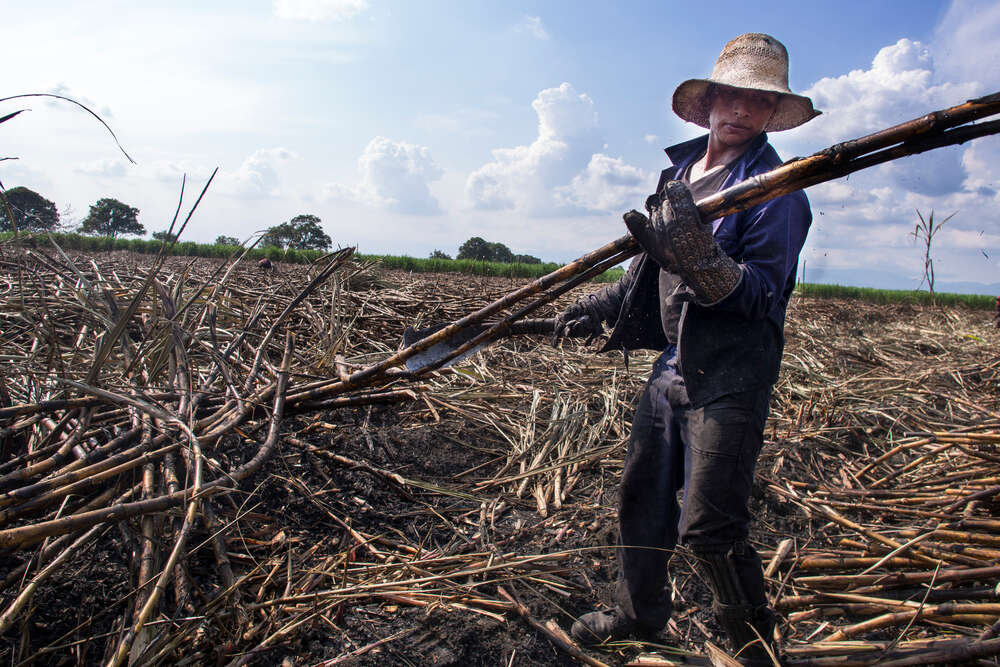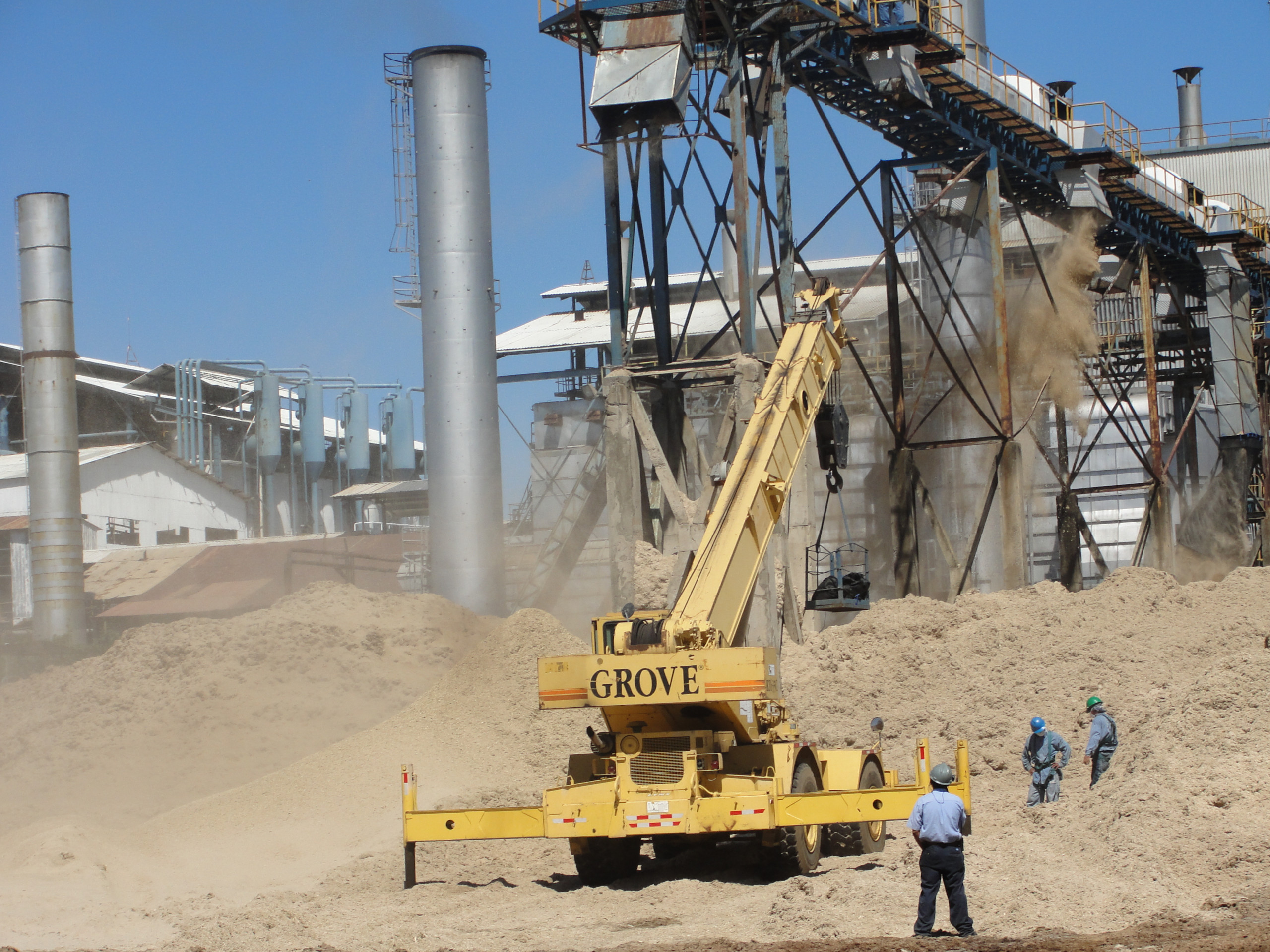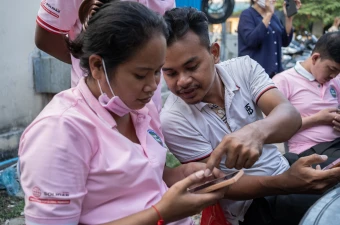In the beginning of 2020, Bonsucro organised a global public consultation to gather new input for updating its grievance mechanism. CNV Internationaal, part of the Dutch trade union confederation CNV and a formal member of Bonsucro, actively participated and highlighted key elements that are important to workers and their organisations.
For CNV Internationaal, this is an excellent opportunity to upgrade a mechanism for giving workers guarantees when a certified, or soon-to-be certified, company in the value chain infringes an agreed upon clause. However, an effective grievance mechanism, which also works as a dispute settlement mechanism, also contributes to efficient management in the sugar sector. When properly set up and implemented, it is a tool for labour peace that contributes to better results.
We welcome Bonsucro’s initiative to launch a public consultation. The revision will allow Bonsucro to improve a crucial tool of dispute settlement pursuant to the international standards framework. It will improve the efficiency of risks management and offer remedial measures to prejudiced parties.
Marionne Lips, CNV Internationaal’s expert in corporate social responsibility and representative on Bonsucro’s Technical Advisory Board, says, ‘With an efficient, updated grievance mechanism, Bonsucro proves its credibility to its members, to certified companies, to other certifying organisations, and to any internationally relevant bodies.’

CNV Internationaal has happily accepted the invitation to take part in this public consultation. We see it as an opportunity to contribute in a constructive way to the process of updating the grievance mechanism.
We have done so by presenting our comments on the working paper, after consulting with our labour partners in Latin America and with labour experts. Our goal is to achieve a grievance mechanism that is more efficient, fairer, more inclusive and pursuant to the UN Guiding Principles on Business and Human Rights (UNGP).
Keys to a grievance mechanism
According to CNV Internationaal, four key elements should be strengthened in the current revision of Bonsucro grievance mechanism:
Accessibility: Information is the key
To CNV Internationaal, accessibility is essential. The grievance mechanism should certainly be familiar to everyone involved, but we would like to see more emphasis on groups (workers and communities) that are more vulnerable because of their remote location, lower economic status, or cultural and/or linguistic situation.
These groups do not usually have easy access to information, and sometimes they have no idea that there is such a grievance mechanism. For instance, in conversations with workers, CNV Internationaal has noted that many are not aware of Bonsucro and its certification standards, let alone that such a grievance mechanism exists.
The mechanism should also be effective in expediting the process of getting complaints to Bonsucro and then having them duly processed. While neither Bonsucro nor the mechanism can control the final resolution, they can make sure the mechanism is available and provides opportune responses to complainants. Marionne Lips says,‘The grievance mechanism should make sure that anyone whose rights are violated can receive special counselling regarding the issues concerned. The mechanism should also be a source for continuous learning, based on a permanent dialogue.
Independence: Trust and credibility are the keys
Another key element of an effective grievance mechanism is its independence of action. Based on our experience in social dialogue and disputes settlement, we strongly believe that a grievance mechanism should be managed by a third party, independent of the company, who has authority and knowledge on the matter under investigation.
That third party should also have enough supervising autonomy and the authority to demand information. And in order to guarantee the complainant(s)’ safety, Marionne Lips believes ‘the third party should have the power to investigate and access information, with no need to reveal the complainant’s identity.’
One of the challenges faced by Bonsucro in this upgrading process is to achieve a grievance mechanism that is fair for all parties, so that everyone can trust it. As far as workers are concerned, the first step is to recognise the existence of an abuse, thus allowing trust in the grievance process. Once an abuse is recognised, a second, equally crucial step is to conduct an objective, independent investigation of the facts and the right(s) which have been abused and/or violated. This will ensure remedial measures and avoid any reoffence in the future.
This issue of independence is equally important for companies’ managers. They must have trust in the process and not feel vulnerable to unfounded complaints. We are aware that conflicts usually stem from basic claims. In many cases, situations can quickly become conflictive, hence the importance of a grievance mechanism that is reliable and handled by a third party. This will ensure the objectivity of its implementation and administration.

Foto. Jimmy Montes
Transparency and shared responsibility: Fair play is the key
In a grievance mechanism, transparency is of utmost importance; it is in no way expendable. This means that all information regarding the grievance mechanism is clear and publicly available. This should include topic such as ongoing procedures, outcomes of cases investigations, risks and impacts evaluations, conclusions, follow-up on the efficiency of corrective measures, plans for remediating real and potential impacts on human rights, etc.
The grievance mechanism, active throughout the value chain, must also appeal to the concept of shared responsibility among all the parties in the sugar production chain. Such shared responsibility will be visible in all stages, starting with development phase of the mechanism, its common financing, the participation of multiple interested parties, and finally, to the settlement of cases. In this regard, since claims will mainly come from stakeholders in the supply chain, buyers will also be immediately involved. If several buyers (members of Bonsucro) are parties in a case under investigation, then we recommend that the buyer with the biggest turnover be involved in the settlement process.
A grievance mechanism within Bonsucro is, in essence, a monitoring tool for making sure the guiding principles are being fulfilled. It is also meant to ensure the due diligence process, so as to avoid negative impacts and, if these should occur, to ensure a total repair by way of remedial, compensational measures, and guarantees of no reoffence.
Marionne Lips concludes, ‘If conflicts are assumed to be part of reality, if there is a good social dialogue among equal parties who respect and listen to each other, and are ready to move on towards compromises, then a sustainable solution is possible.’
Publication date 14 02 2020


